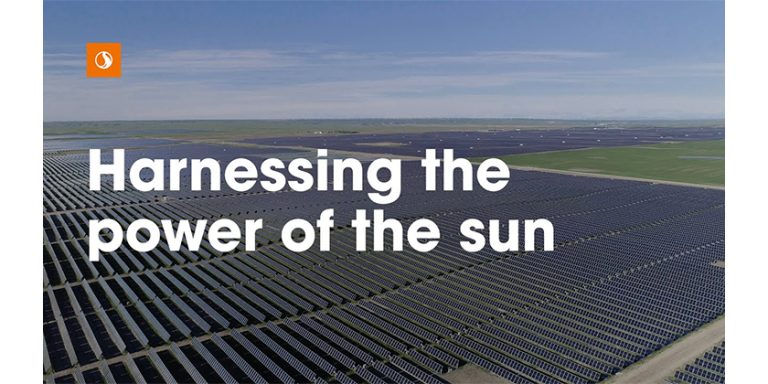Energy Stats: Hydroelectricity Generation Falls Amid Dry Conditions in August

November 13, 2023
In August, primary energy production decreased in two of the six subsectors, resulting in a 1.4% year-over-year decline. Coal production (-37.5%) and primary electricity generation (-15.1%) were responsible for the drop. Meanwhile, secondary energy production saw a year-over-year increase of 4.2% in August, mainly due to a 4.2% rise in refined petroleum products.
Hydroelectricity generation falls amid dry conditions in August
Total electricity generation in Canada fell 11.6% year over year in August to 47.5 million megawatt-hours (MWh). This was the lowest level of generation for any August and the largest year-over-year drop since the start of this data series in January 2016.
In August 2023, hydroelectricity generation decreased 20.4% year over year to 25.7 million MWh, the lowest level since September 2021.
According to Agriculture and Agri-Food Canada, at the end of August 2023, about 67% of Canada was classified as abnormally dry or drought stricken. These conditions have had a significant impact on hydroelectric generation nationwide.
Electricity consumption declined 2.4% year over year in August. Meanwhile, to compensate for some of the reduced generation, imports of electricity sharply increased 125.1% year over year. Imports to British Columbia were up 182.6% year over year, as that province continued to face dryer than normal conditions.
In August 2023, exports of electricity to the United States dropped 50.7% year over year. Quebec contributed the most to the decline and cited low prices for its decreased exports.
Go HERE for more information on August energy stats








